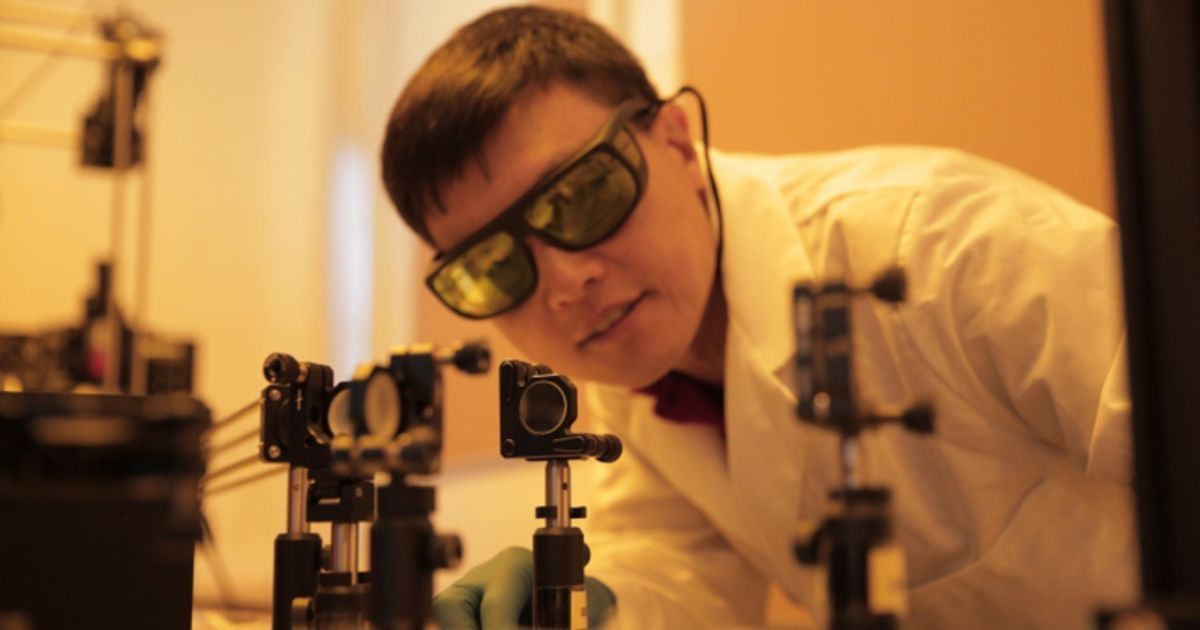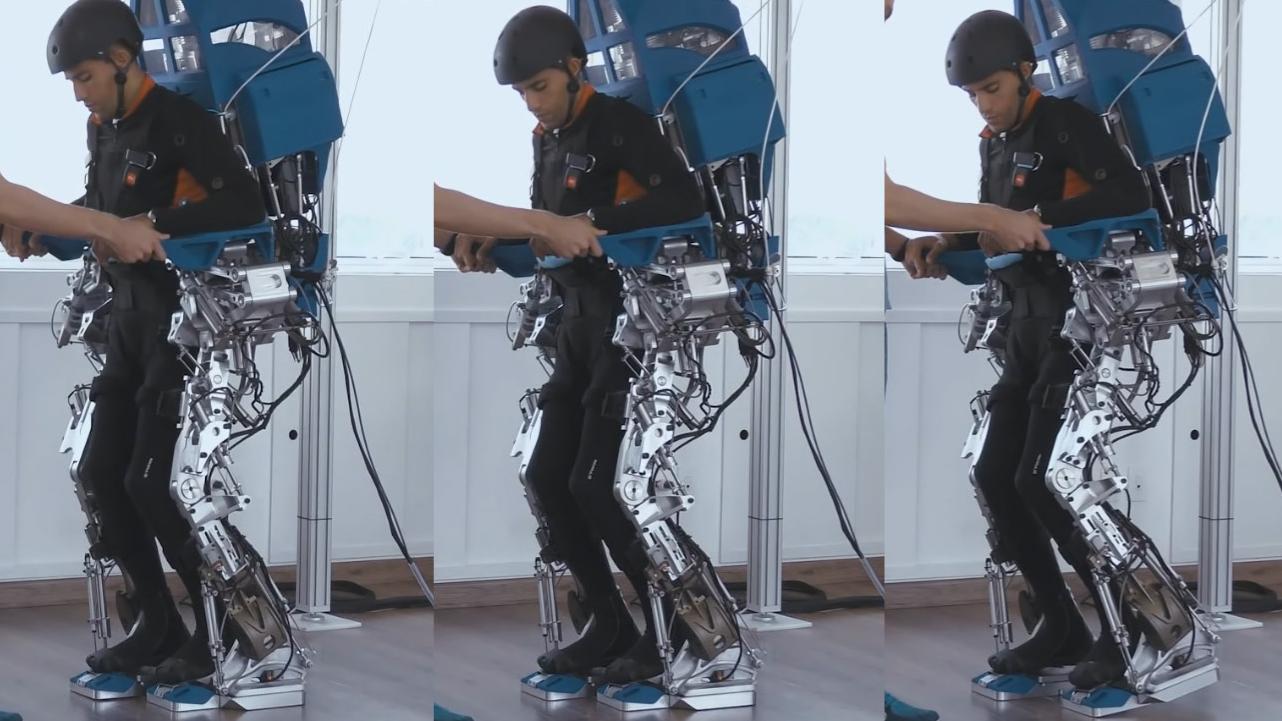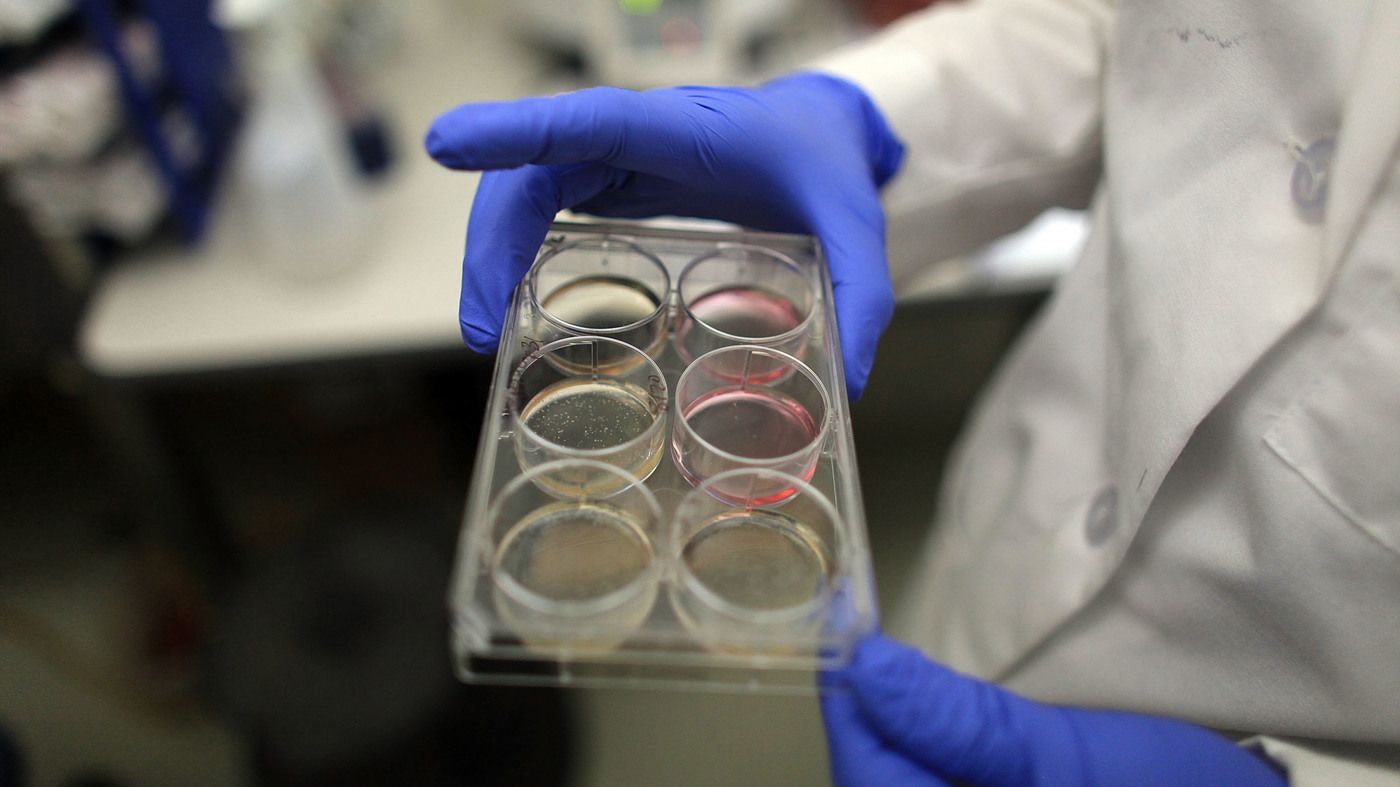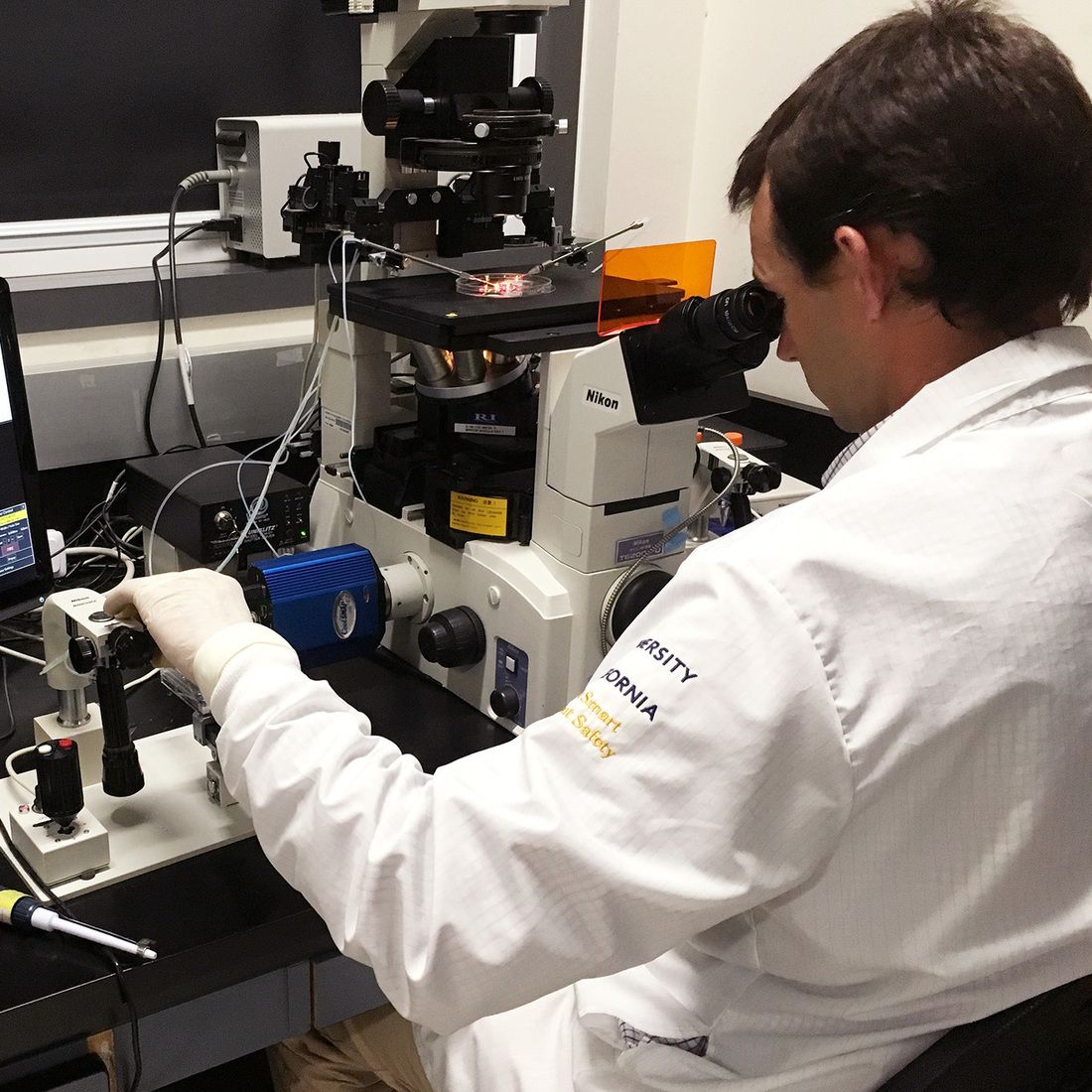Archive for the ‘biotech/medical’ category: Page 2563
Aug 11, 2016
National Science Foundation
Posted by Karen Hurst in categories: biotech/medical, education, life extension, science, singularity
Interesting read; like the plug by Rajeev Alur about how the insights from the ExCAPE project has helped advance making QC programmable. Like Alur, I too see many synergies across multiple areas of science & tech. For example, the work on singularity is being advance by the work performed around anti-aging, cancer research, etc. and vice versa. Truly one of my biggest enjoyments of research and innovation is taking a accept or vision, and guessing where else can the concept be leveraged or even advancing other industries.
NSF’s mission is to advance the progress of science, a mission accomplished by funding proposals for research and education made by scientists, engineers, and educators from across the country.
Aug 11, 2016
Remote control of the brain is coming: how will we use it?
Posted by Carse Peel in categories: bioengineering, biotech/medical, genetics, neuroscience
Controlling the minds of others from a distance has long been a favourite science fiction theme – but recent advances in genetics and neuroscience suggest that we might soon have that power for real. Just over a decade ago, the bioengineer Karl Deisseroth and his colleagues at Stanford University published their paper on the optical control of the brain – now known as optogenetics – in which the firing pattern of neurons is controlled by light. To create the system, they retrofitted neurons in mouse brains with genes for a biomolecule called channelrhodopsin, found in algae. Channelrhodopsin uses energy from light to open pathways so that charged ions can flow into cells. The charged ions can alter the electrical activity of neurons, influencing the animal’s behaviour along the way.
Soon researchers were using implants to guide light to channelrhodopsin in specific neurons in the brains of those mice, eliciting behaviour on demand. At the University of California the team of Anatol Kreitzer worked with Deisseroth to disrupt movement, mimicking Parkinson’s disease and even restoring normal movement in a Parkinsonian mouse. Deisseroth and his colleague Luis de Lecea later demonstrated that it was possible to wake up mice by activating a group of neurons in the brain that control arousal and sleep.
But optogenetics has been challenging. Since light does not easily penetrate dense fatty brain tissue, researchers must implant a fibre-optic cable to bring light into the brain. This limitation led to the development of another, less intrusive technique known as DREADD (designer receptors exclusively activated by designer drugs). In this case, a receptor normally activated by the neurotransmitter acetylcholine is modified to respond to a designer drug not normally found in the body. When the designer drug is delivered, neurons can be manipulated and behaviour changed over a number of hours. The major drawback here: the slow course of drug administration compared with the rapid changes in brain activity that occur during most tasks.
Continue reading “Remote control of the brain is coming: how will we use it?” »
Aug 11, 2016
Paralysed patients move limbs after virtual reality training
Posted by Carse Peel in categories: biotech/medical, cyborgs, neuroscience, robotics/AI, virtual reality
Eight completely paralysed people have regained function in their limbs following virtual reality training, in an accidental result that has astonished even the scientists involved.
Using a brain-machine interface, scientists showed that people with long-term severe paralysis could retrain the few remaining connections in their damaged spines, letting their brains talk to their extremities once more. This enabled them to feel sensation, move their limbs and improved their bladder and bowel control.
The results came about as a wholly unexpected side effect of training to help people use robotic exoskeletons, which let them walk upright.
Continue reading “Paralysed patients move limbs after virtual reality training” »
Aug 11, 2016
The gene therapy revolution is coming. Will the US get left behind?
Posted by Carse Peel in categories: biotech/medical, economics, law
US lawmakers have saddled American biotech with another legal restriction, and scientists are only partially engaging with this looming medical and economic problem.
Aug 11, 2016
Scientists Argue the US Ban on Human Gene Editing Will Leave It Behind
Posted by Carse Peel in categories: bioengineering, biotech/medical, genetics, law, sex
As the biotech revolution accelerates globally, the US could be getting left behind on key technological advances: namely, human genetic modification.
A Congressional ban on human germline modification has “drawn new lines in the sand” on gene editing legislation, argues a paper published today in Science by Harvard law and bioethics professor I. Glenn Cohen and leading biologist Eli Adashi of Brown University. They say that without a course correction, “the United States is ceding its leadership in this arena to other nations.”
Germline gene modification is the act of making heritable changes to early stage human embryos or sex cells that can be passed down to the next generation, and it will be banned in the US. This is different from somatic gene editing, which is editing cells of humans that have already been born.
Continue reading “Scientists Argue the US Ban on Human Gene Editing Will Leave It Behind” »
Aug 11, 2016
Why China is likely to spearhead the future of genetic enhancement
Posted by Carse Peel in categories: bioengineering, biotech/medical, ethics, genetics, neuroscience
G. Owen Schaefer, National University of Singapore
Would you want to alter your future children’s genes to make them smarter, stronger or better-looking? As the state of the science brings prospects like these closer to reality, an international debate has been raging over the ethics of enhancing human capacities with biotechnologies such as so-called smart pills, brain implants and gene editing. This discussion has only intensified in the past year with the advent of the CRISPR-cas9 gene editing tool, which raises the specter of tinkering with our DNA to improve traits like intelligence, athleticism and even moral reasoning.
Aug 11, 2016
The Chimera Quandary: Is It Ethical To Create Hybrid Embryos?
Posted by Carse Peel in categories: biotech/medical, cyborgs, genetics, health, policy
In Greek mythology, the Chimera is a monster that is part lion, part goat and part snake. Far from reality, sure, but the idea of mixing and matching creatures is real — and has ethicists concerned.
That’s because last week, the National Institutes of Health proposed a new policy to allow funding for scientists who are creating chimeras — the non-mythological kind. In genetics, chimeras are organisms formed when human stem cells are combined with tissues of other animals, with the potential for creating human-animal hybrids.
Continue reading “The Chimera Quandary: Is It Ethical To Create Hybrid Embryos?” »
Aug 11, 2016
Russian scientists speed up human tissue regeneration with supermolecule
Posted by Carse Peel in category: biotech/medical
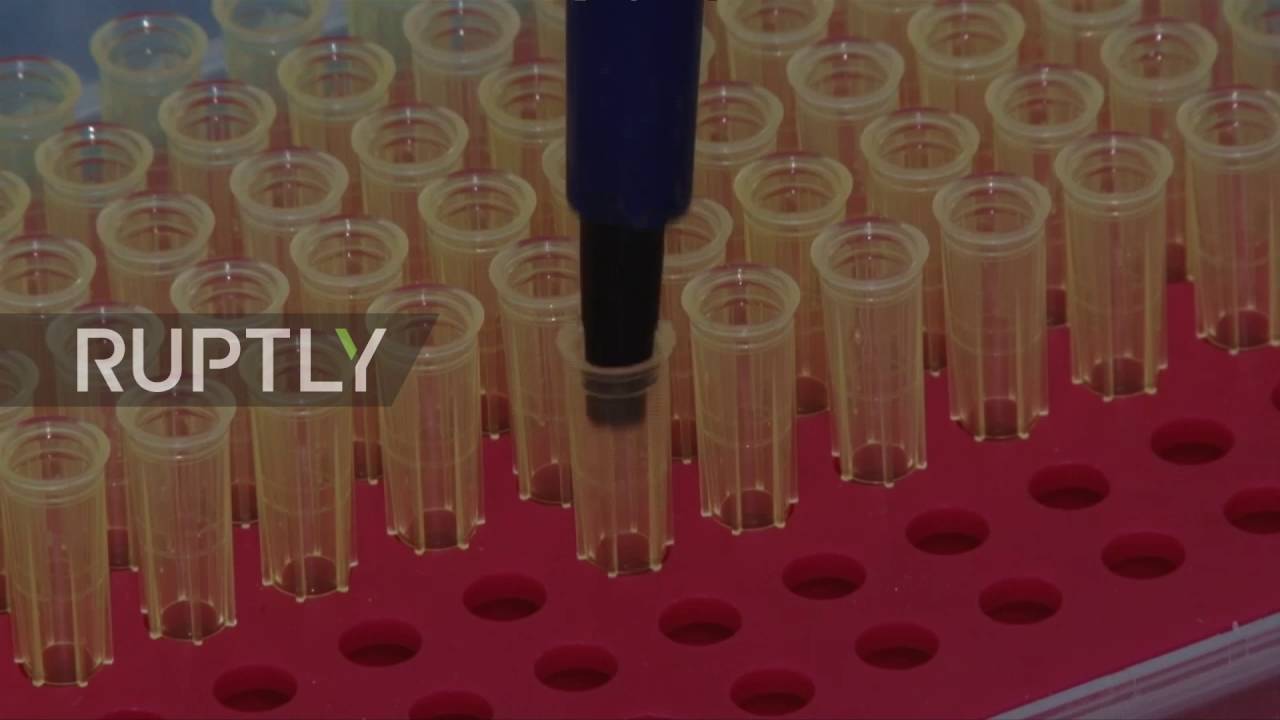
Russian scientists said they have artificially produced a unique molecule that can rapidly regenerate damaged human tissue, boasting both antibacterial and antiviral defenses, as well as stem cell growth stimulation.
The peptide, Acegram, was developed at a laboratory in the Russian Ural city of Chelyabinsk.
Continue reading “Russian scientists speed up human tissue regeneration with supermolecule” »
Aug 11, 2016
Biologics on-demand: DARPA and MIT look to manufacture on the battlefield
Posted by Carse Peel in category: biotech/medical
The US Department of Defense has developed a portable, on-demand biopharmaceutical production system that could be used in warzones to make treatments at point-of-care.
The platform was developed as part of a US Defense Advanced Research Projects Agency (DARPA) program to provide far-forward-deployed Service members “what they need when they need it, obviating the need for individual drug stockpiling, cold storage, and complex logistics,” Tyler McQuade, program manager for DARPA’s Battlefield Medicine program, told Biopharma-Reporter.com.
The platform, developed in conjunction with researchers at the Massachusetts Institute of Technology (MIT), consists of a biologics expression system engineered to secrete multiple therapeutic proteins and a millilitre-scale perfusion microfluidic platform.
Continue reading “Biologics on-demand: DARPA and MIT look to manufacture on the battlefield” »
